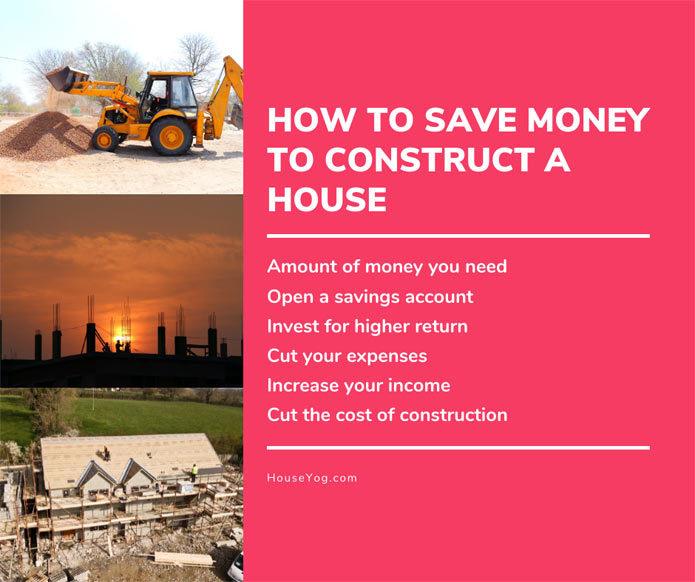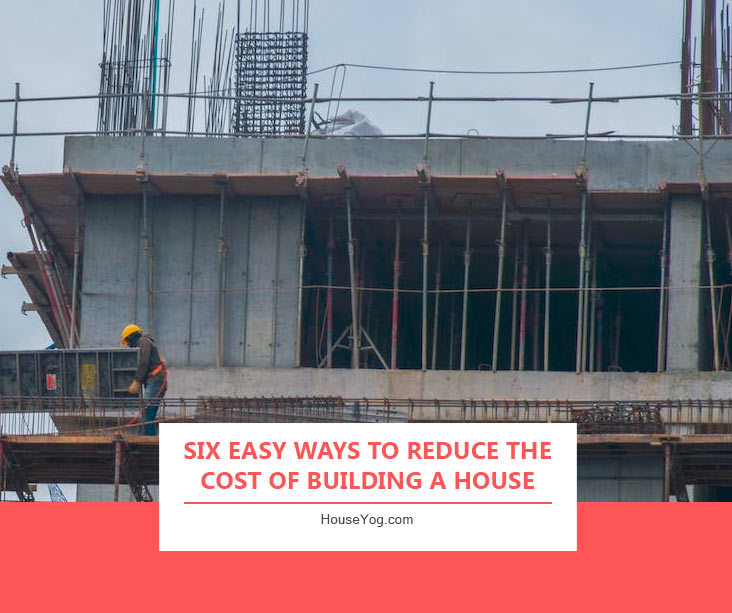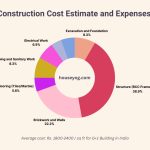In the ever-growing realm of construction costs, planning and constructing your dream home can sometimes feel like an overwhelming financial burden. However, being budget-conscious doesn’t mean compromising on quality or design. At Houseyog, we understand the importance of mindful spending and have compiled a comprehensive guide on how to save money on house construction without sacrificing your vision.
Why Save Money on House Construction?
The escalating costs of construction materials and labour make it imperative for homeowners to explore cost-saving strategies. By making informed decisions, you not only keep your budget intact but also ensure a sustainable and efficient construction process.
Tips and Tricks to Save Money on House Construction
Embarking on the journey of building your dream home can be a thrilling yet financially demanding experience. However, we believe that strategic planning and informed decision-making can significantly alleviate the burden on your wallet without compromising the integrity of your house construction project.
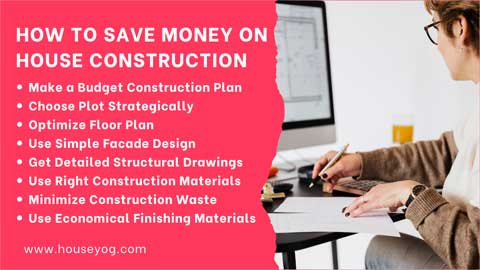

In this section, we unveil a curated set of tips and tricks designed to empower you to make budget-friendly choices throughout the construction process. From laying the groundwork with a meticulous budget-conscious plan to the finishing touches that enhance aesthetics without breaking the bank. These insights aim to guide you through the intricacies of cost-effective house construction.
Let’s explore how you can transform your dream home into a reality without exceeding your financial boundaries.
Craft a Budget-Conscious House Construction Plan
Begin your project by developing a comprehensive and detailed house construction budget. Beyond the standard house construction costs, factor in contingencies, permits, and potential overages.
Leverage budgeting tools and software to stay organized, allowing you to track expenses and identify areas where adjustments can be made.
Implement cost-saving measures like value engineering, a process that maximizes functionality while minimizing costs without compromising the quality of your home.
Strategic Plot Selection
Choosing the right plot is a crucial step in your construction journey. Look beyond just the initial cost and consider the long-term benefits. Opt for a plot in areas with potential future development, ensuring that your property value appreciates over time.
Strategic plot selection also involves considering natural elements like sunlight and wind direction, maximizing energy efficiency and reducing long-term operational costs.
Optimize Floor Plan and Facade Design
Beyond aesthetics, your house floor plan can significantly impact your construction costs. Focus on efficient space utilization by avoiding unnecessary rooms and hallways.
Consider an open floor plan that not only enhances the flow of your home but also reduces the need for additional walls, saving on construction materials.
A well-thought-out facade design not only adds curb appeal but can also be cost-effective by utilizing materials that balance aesthetics with affordability.
Invest in Detailed Structural Drawings
Allocate a portion of your budget to professional structural drawings. This investment is more than just a blueprint; it’s a roadmap for precision and efficiency in construction.
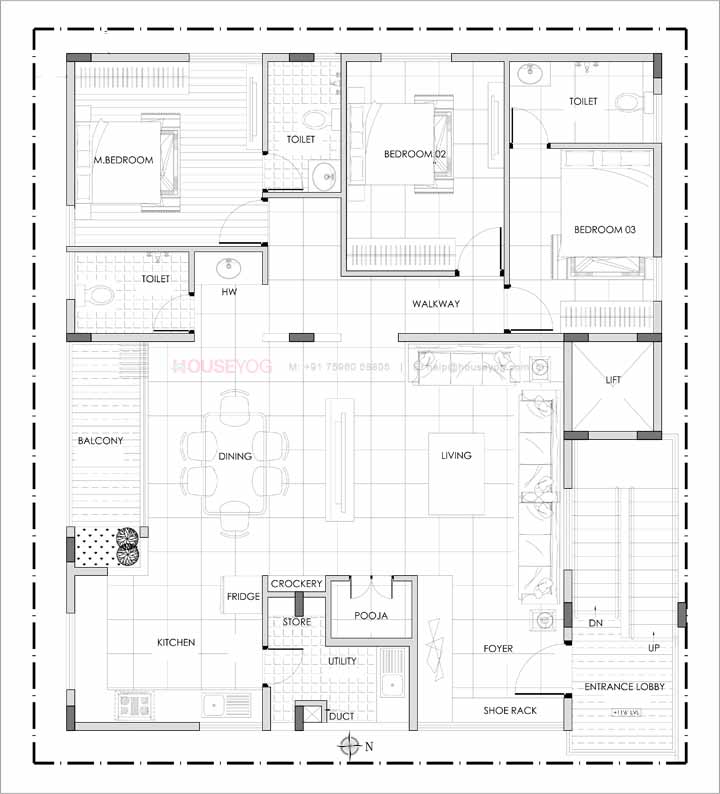

Accurate plans minimize errors during construction, preventing costly rework. Professional drawings also streamline the approval process, avoiding delays and potential additional expenses. This upfront investment ensures a smoother construction journey.
Choose the Right Construction Materials
The selection of construction materials such as cement, steel, bricks etc is a critical aspect of cost-effective building. Research and choose materials that strike the right balance between durability and cost.
Consider locally sourced materials to reduce transportation costs and explore eco-friendly options that align with sustainability goals. The right choice of materials not only influences the initial construction cost but also impacts long-term maintenance expenses.
Minimize Construction Waste
Efficient waste management not only contributes to environmental sustainability but also reduces disposal costs. Plan materials carefully, and explore recycling options for construction waste.
By minimizing waste, you not only contribute to a greener environment but also save on disposal fees. Consider partnering with recycling centres or organizations that can repurpose construction waste, adding a sustainable touch to your project.
Use Economical Finishing Materials
While the finishing touches of your home are essential for aesthetics, there are economical options that don’t compromise on style. Explore cost-effective finishing materials that provide the desired look without straining your budget.
Consider laminate flooring instead of hardwood, and explore alternative countertop materials that mimic the appearance of high-end options. Careful selection of finishing materials allows you to achieve the desired aesthetics without overspending.
Conclusion
Saving money on house construction is not about cutting corners but about making informed decisions that align with your vision and budget. At Houseyog, we specialize in providing end-to-end architectural and interior design consultancy, ensuring that your dream home comes to life without breaking the bank.
For personalized assistance or consultancy services, contact Houseyog at 75960 58808. Let’s build your dream home together, with mindful spending and thoughtful design.



